ARTH Image Classification
1/20
There's no tags or description
Looks like no tags are added yet.
Name | Mastery | Learn | Test | Matching | Spaced |
|---|
No study sessions yet.
21 Terms
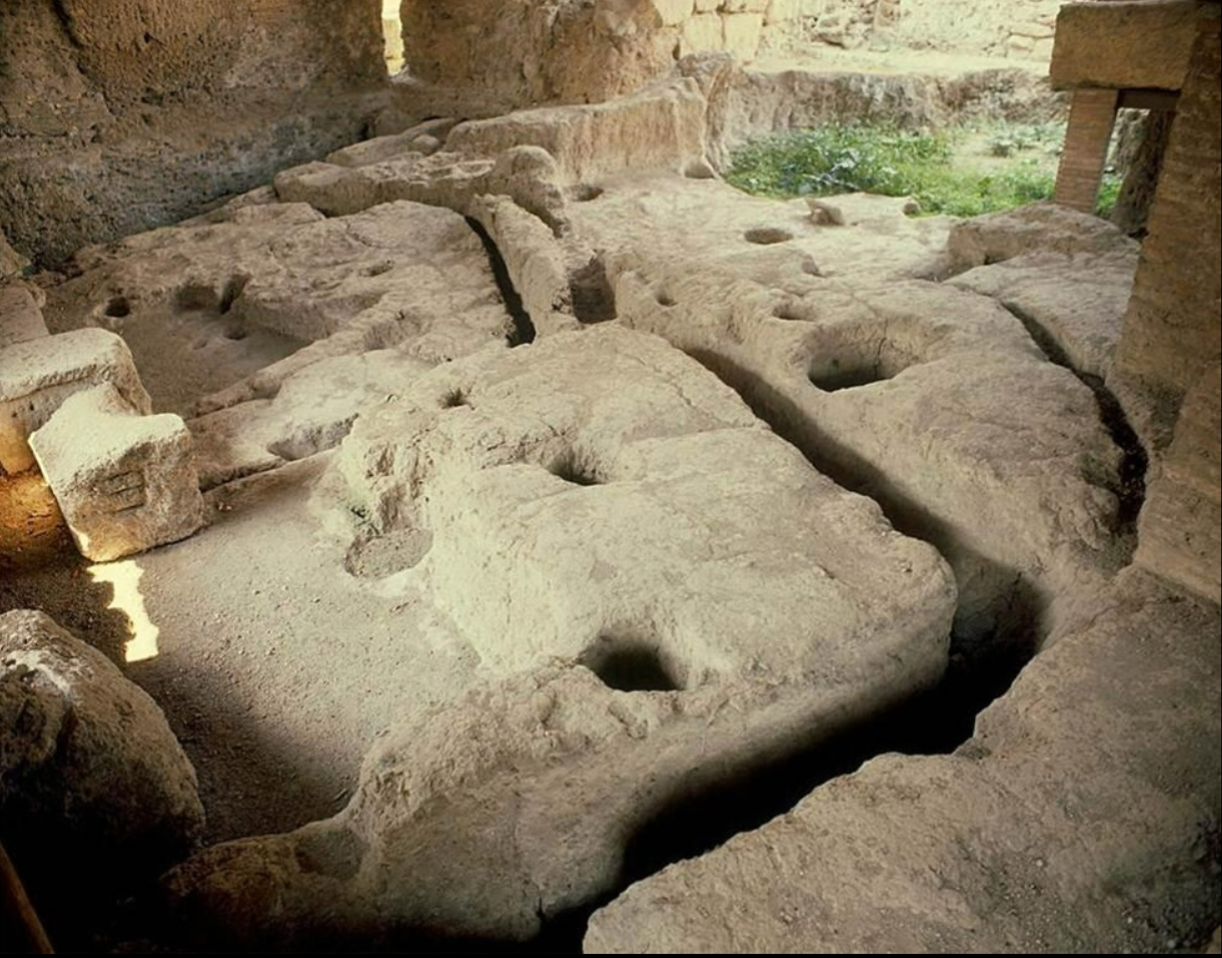
Name: Foundations of Early Iron Age Huts
When? 8th century BCE
Earliest evidence of Rome’s founding, made with wattle and daub.
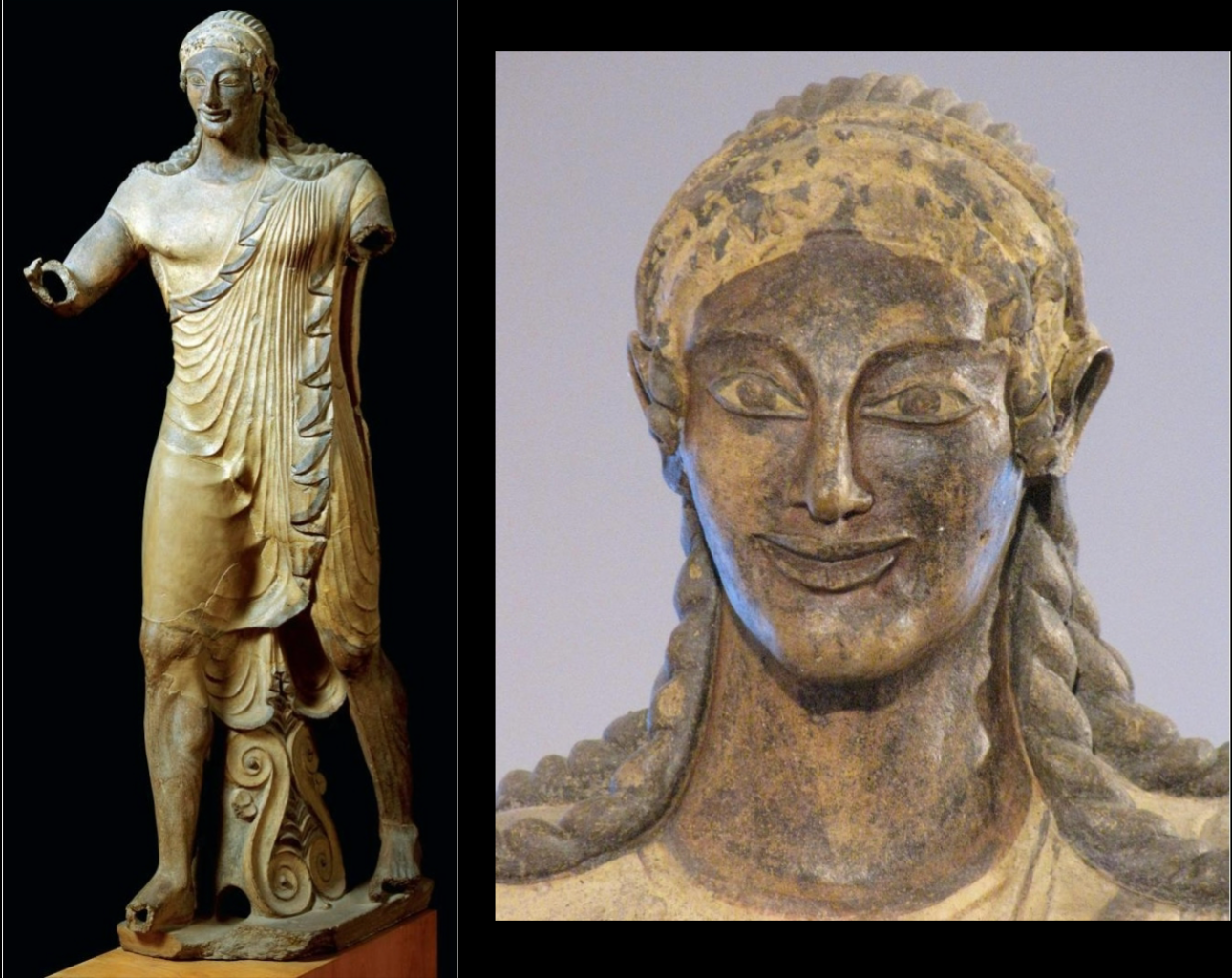
Apulu, from roof of Portonaccio temple,
510–500 BCE
The figure shows dynamic movement, a hallmark of Etruscan sculpture, unlike the rigid, frontal kouroi of Greek Archaic art.
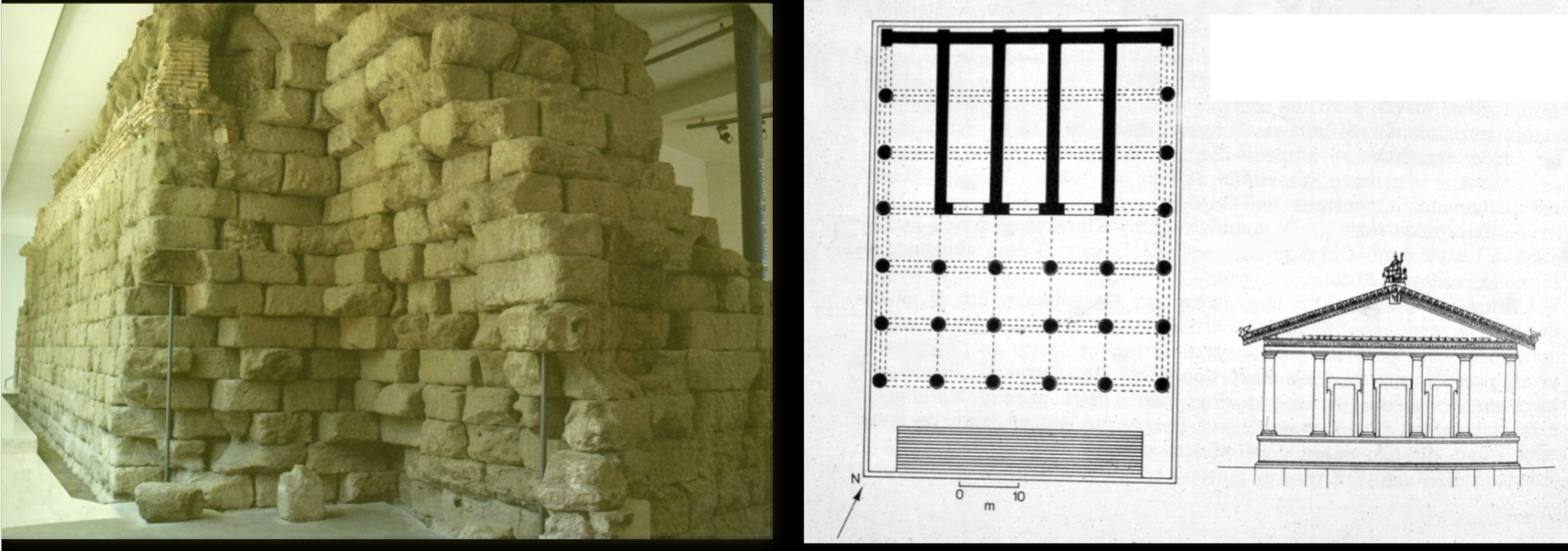
Temple of Jupiter Optimus Maximus (Capitoline Hill, Rome)
509 BCE
One of the earliest and most important temples in Rome, marking the transition from monarchy to Republic.
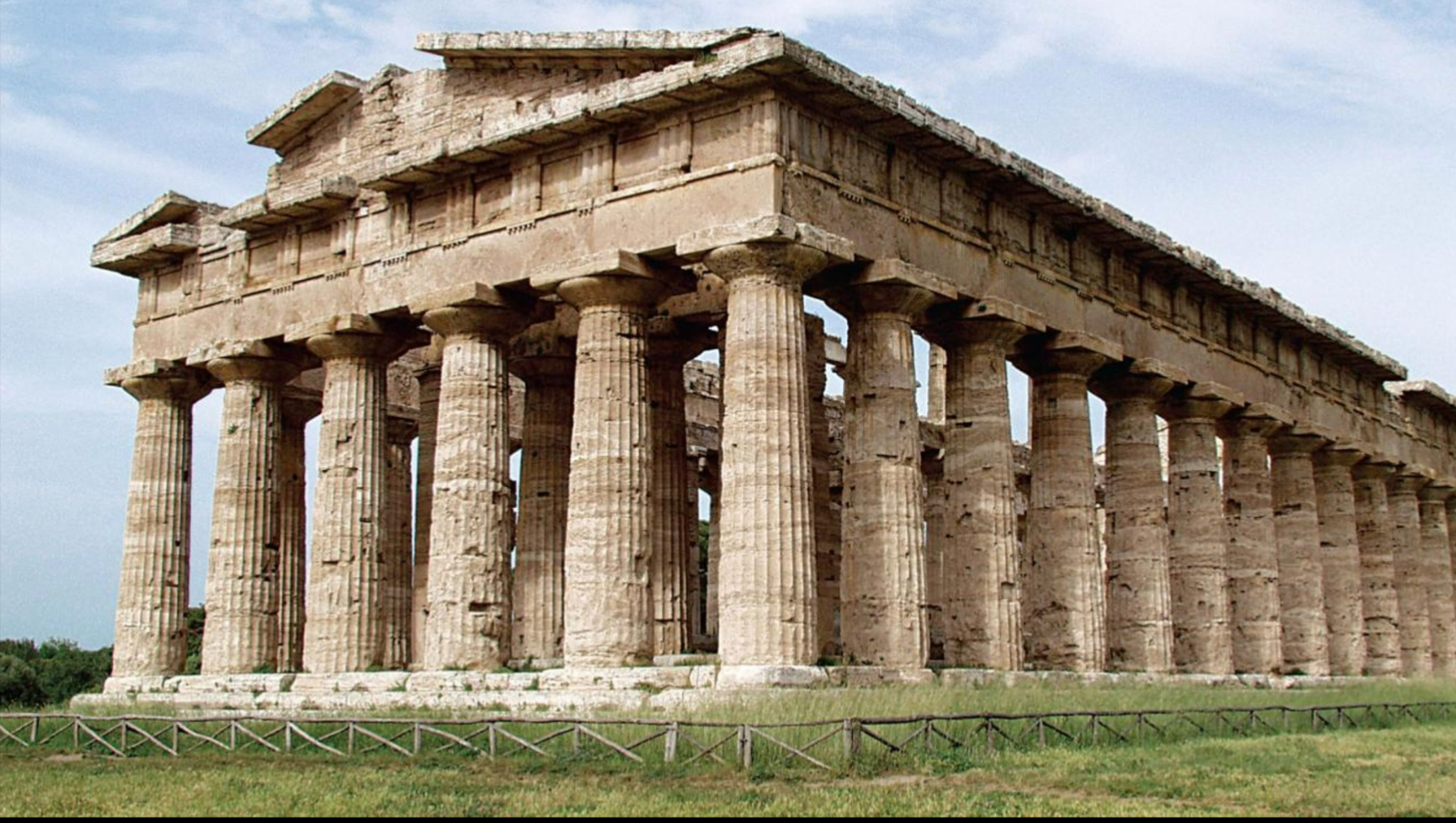
Temple of Hera II (Paestum, Italy)
460 BCE
A well-preserved example of a Doric peripteral temple, featuring entasis (slight swelling) in its columns to correct optical illusions.
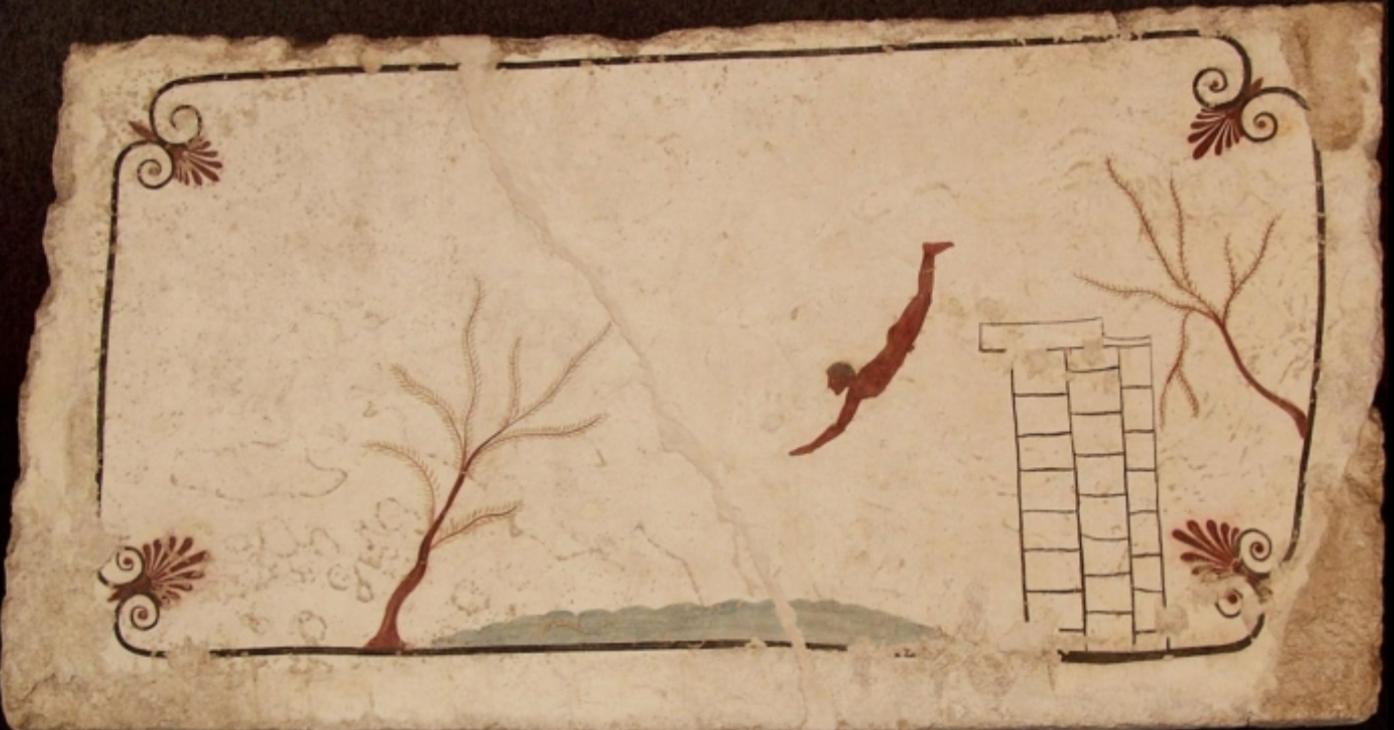
Tomb of the Diver (Diving Scene)
480–470 BCE
The only known example of Greek fresco painting from this period, possibly symbolizing the transition to the afterlife
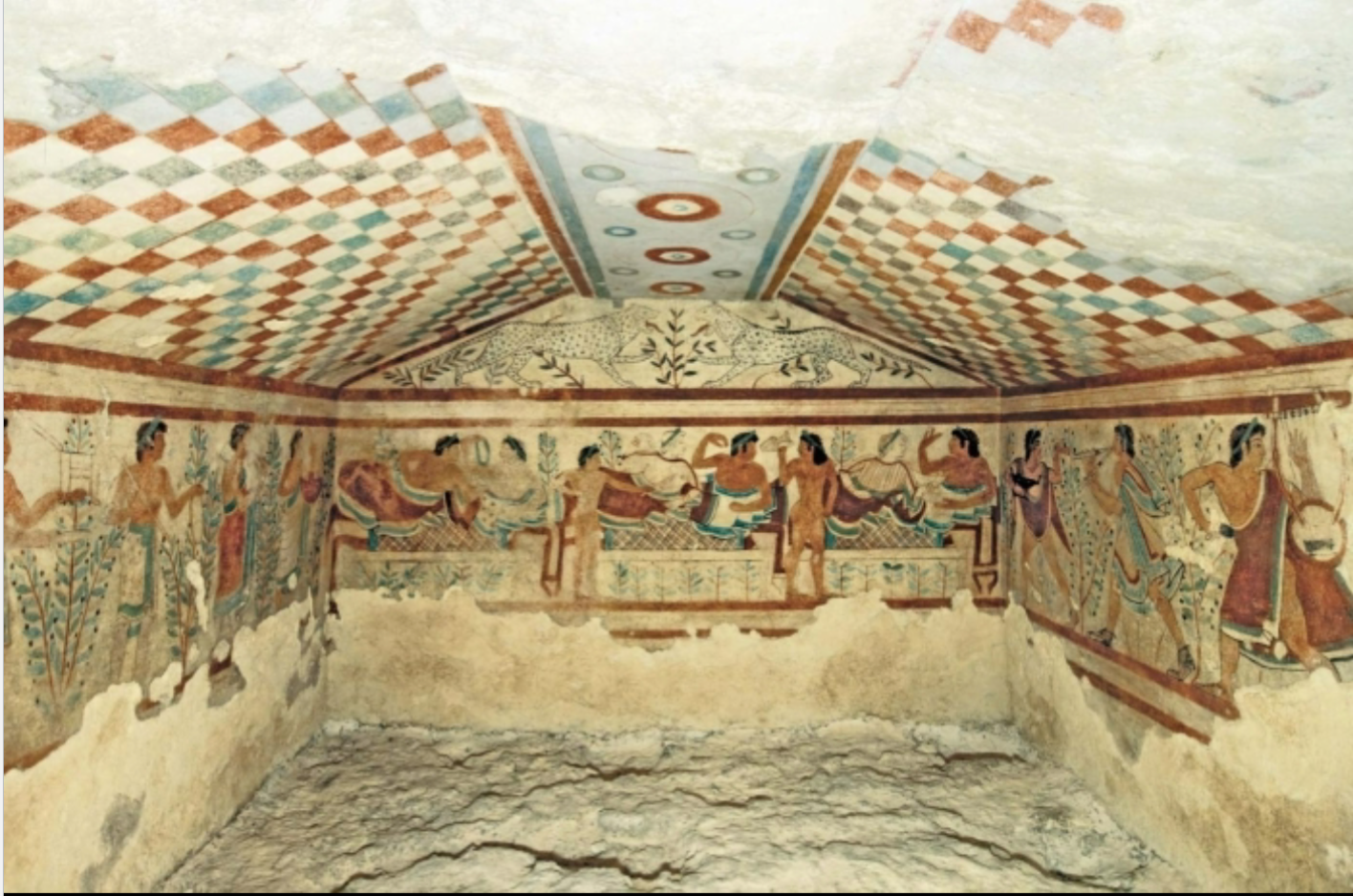
Tomb of the Leopards (Monterozzi Necropolis, Tarquinia)
480–470 BCE
Depicts an Etruscan banquet scene, emphasizing elite status, feasting, and the afterlife celebration
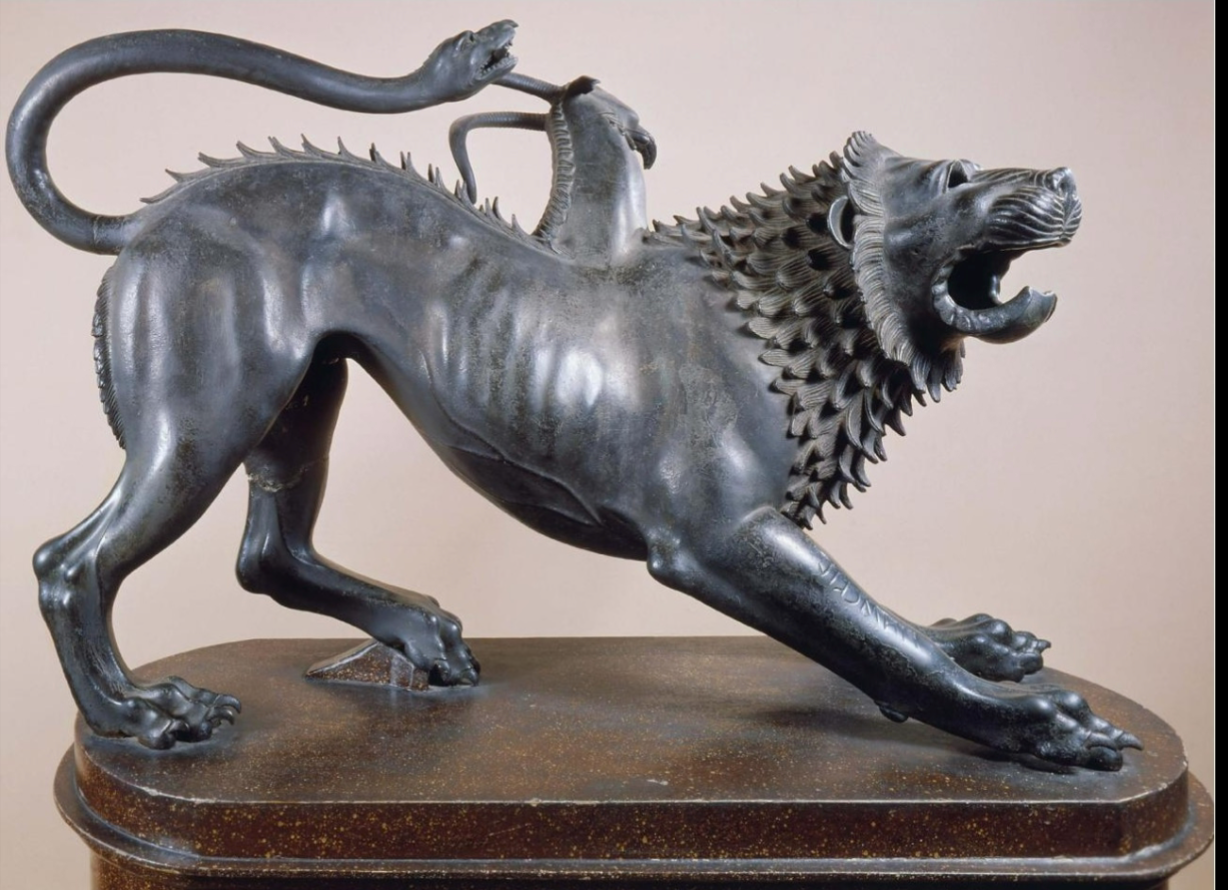
Chimera of Arezzo
400 BCE
An Etruscan bronze votive statue, depicting the mythological Chimera in a dynamic pose, showcasing Etruscan metalworking skill.
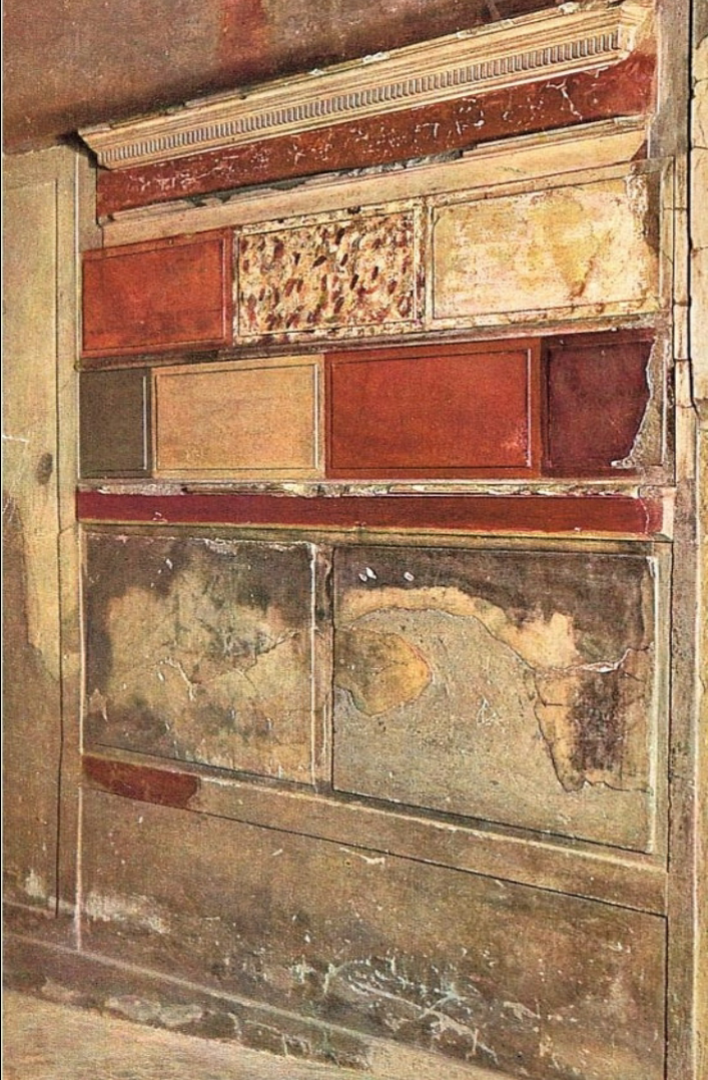
First Style Wall Painting (Incrustation Style)
2nd century BCE
Imitates expensive stone panels using painted stucco relief, as seen in the House of Sallust (Pompeii).
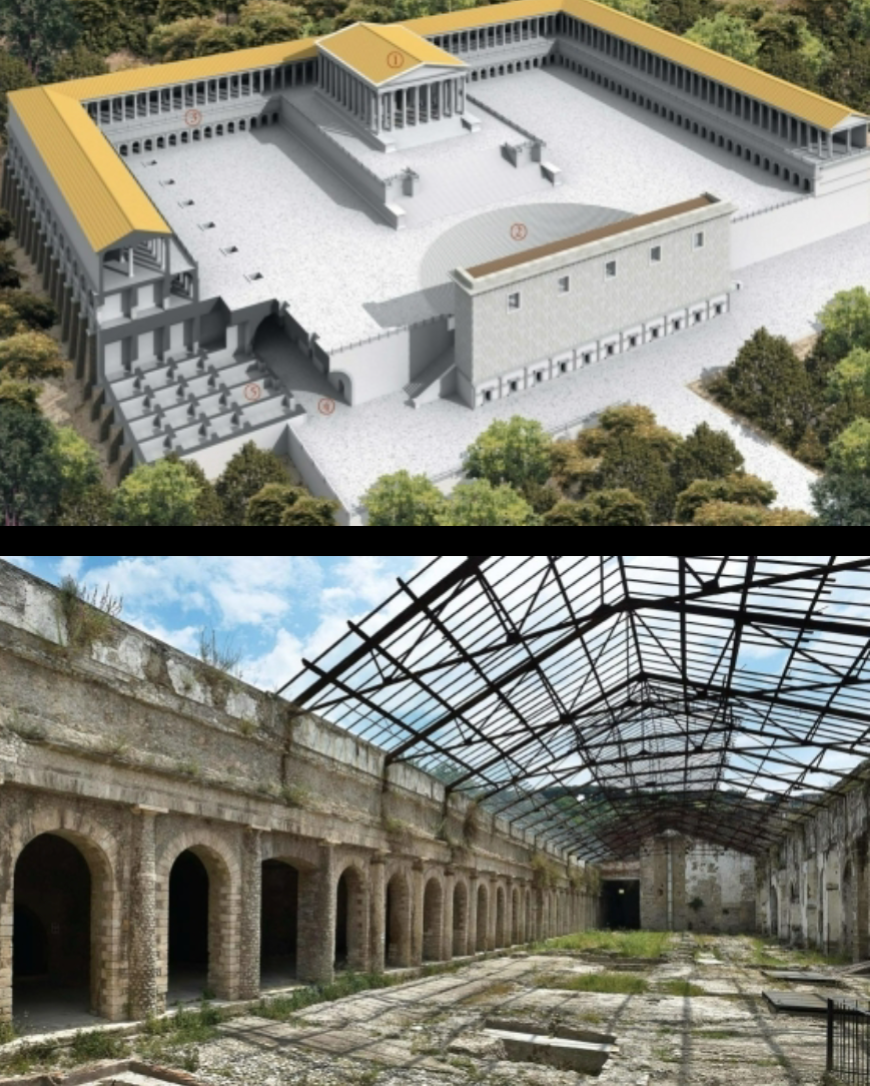
Sanctuary of Hercules, Tivoli
ca. 50 BCE
A large sanctuary complex featuring a temple, theater, and commercial spaces, demonstrating the integration of religious, entertainment, and economic functions in Roman architecture.
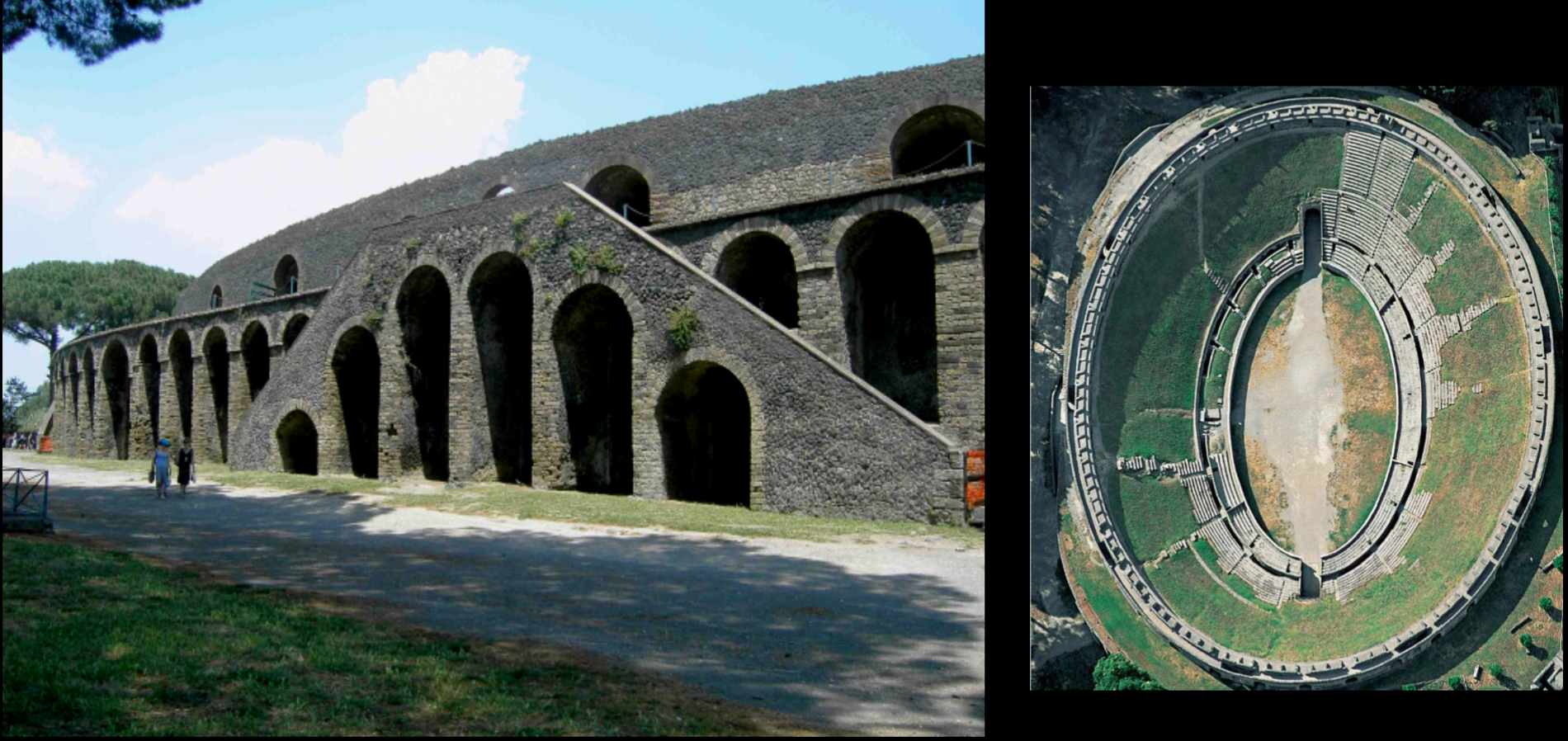
📌 Name: Amphitheater of Pompeii
📌 Date: ca. 80 BCE
📌 Significance: One of the earliest surviving Roman amphitheaters, demonstrating the use of barrel vaults and opus caementicium (Roman concrete) to create a self-supporting structure.
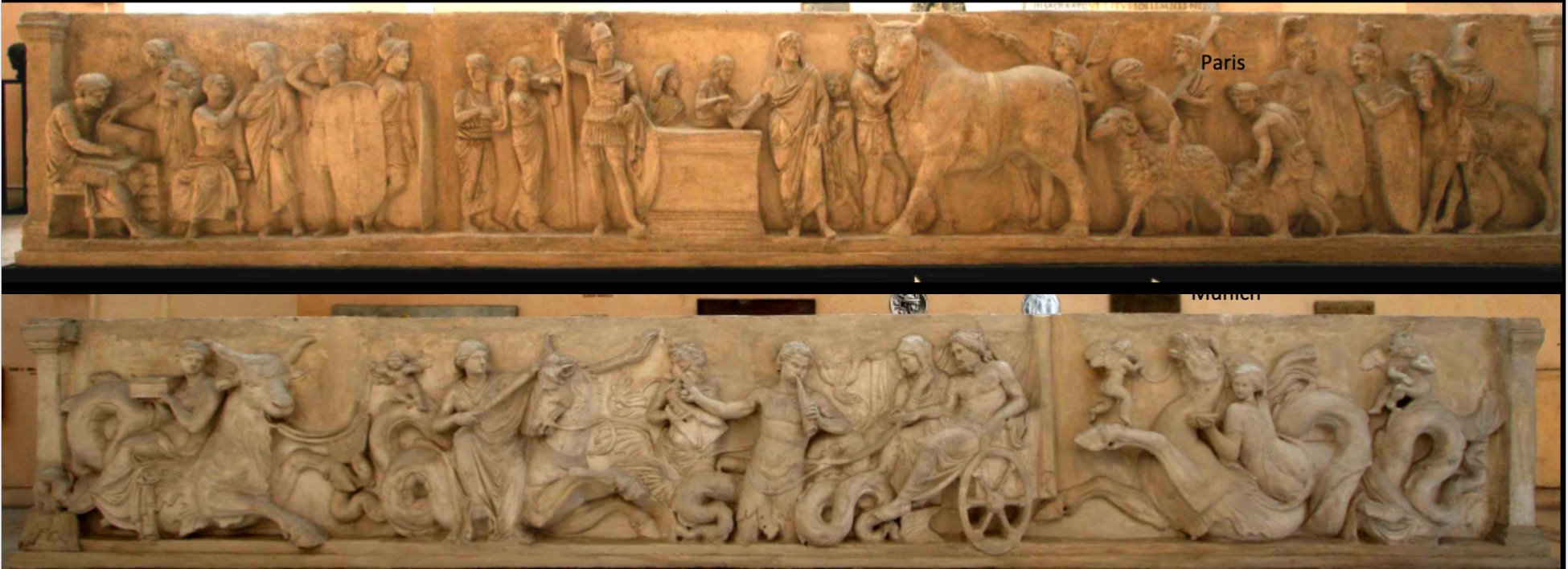
📌 Name: Altar of Domitius Ahenobarbus
📌 Date: Late 2nd–early 1st century BCE
📌 Significance: Features a suovetaurilia (bull, pig, and ram sacrifice), an important Roman state ritual, blending Greek mythological reliefs with Roman historical themes.
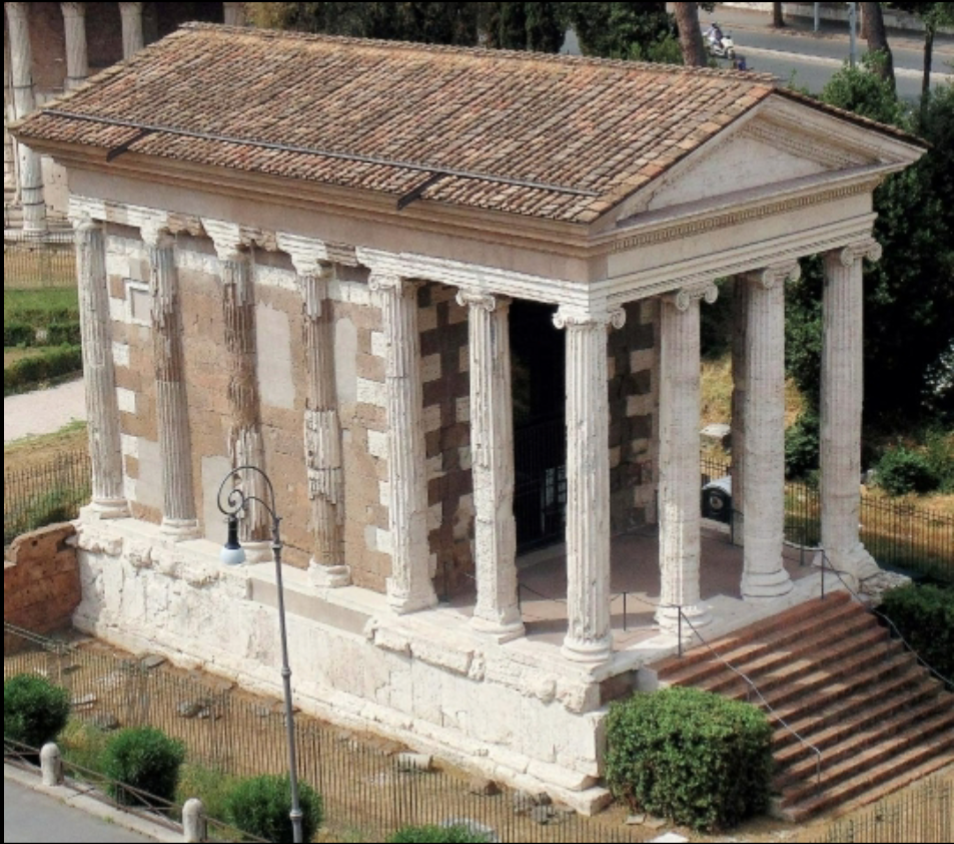
📌 Name: Temple of Portunus (Forum Boarium, Rome)
📌 Date: ca. 75 BCE
📌 Significance: A well-preserved example of a pseudoperipteral temple, blending Greek and Roman architectural styles with Ionic columns and a high podium.
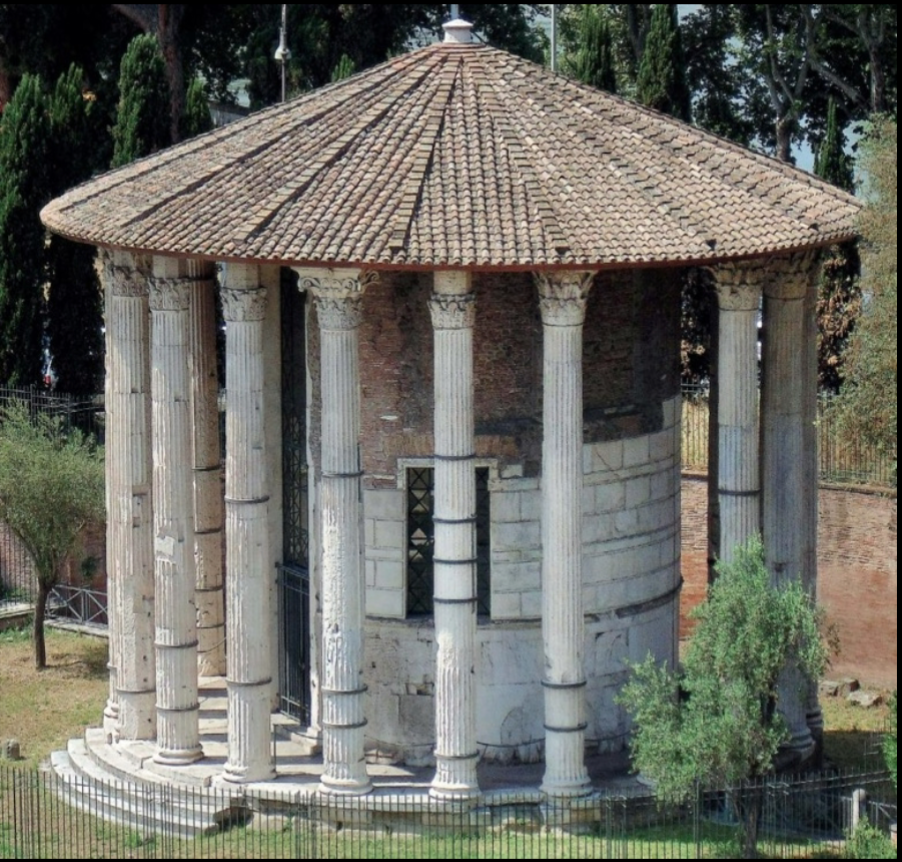
📌 Name: Temple of Hercules Victor (Forum Boarium, Rome)
📌 Date: Late 2nd century BCE
📌 Significance: A circular peripteral temple made of marble, showcasing strong Greek influence in Roman religious architecture.
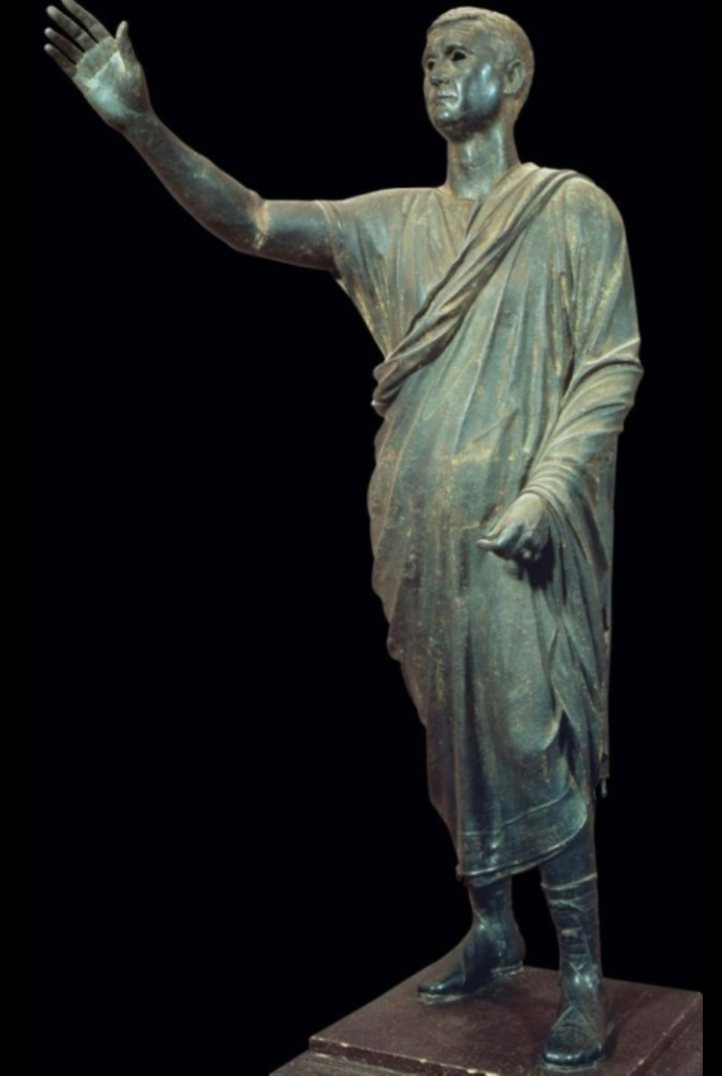
📌 Name: Aule Metele (Arringatore)
📌 Date: ca. 90–70 BCE
📌 Significance: A bronze statue of an Etruscan senator wearing a Roman toga, reflecting the Romanization of Etruscan elites during the late Republic
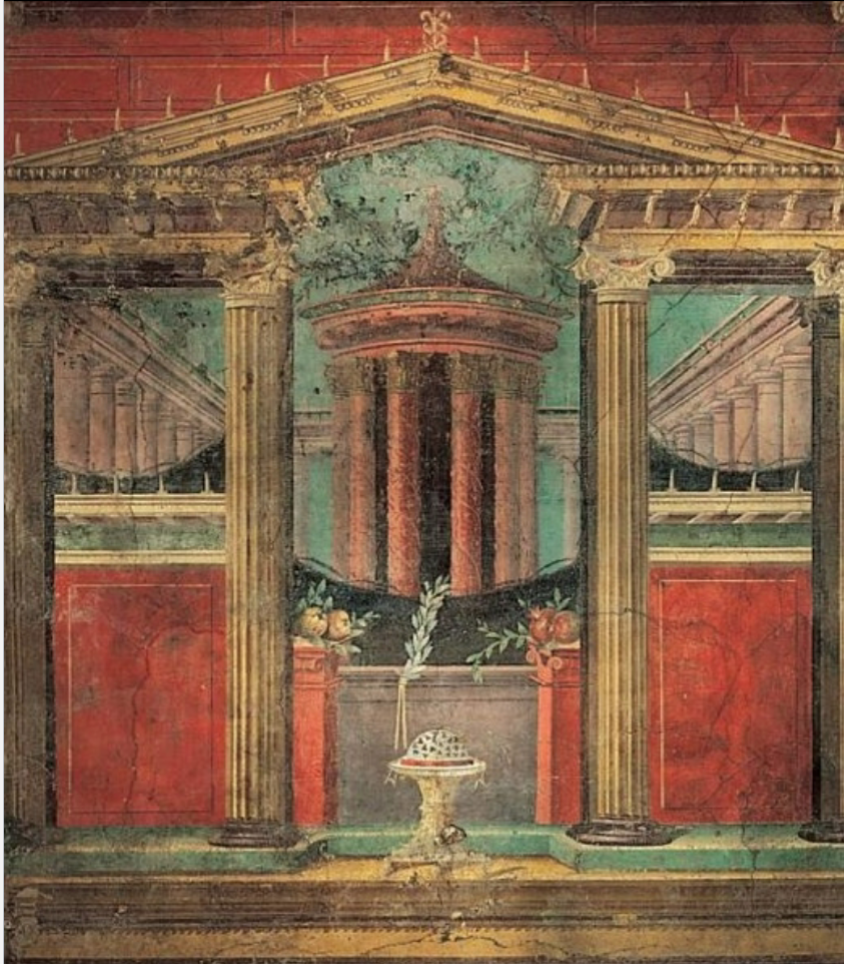
📌 Name: Second Style Wall Painting (Villa of Publius Fannius Synistor, Boscoreale)
📌 Date: ca. 50–40 BCE
📌 Significance: An example of Second Style Roman wall painting, creating the illusion of architectural depth and three-dimensional space using linear perspective.
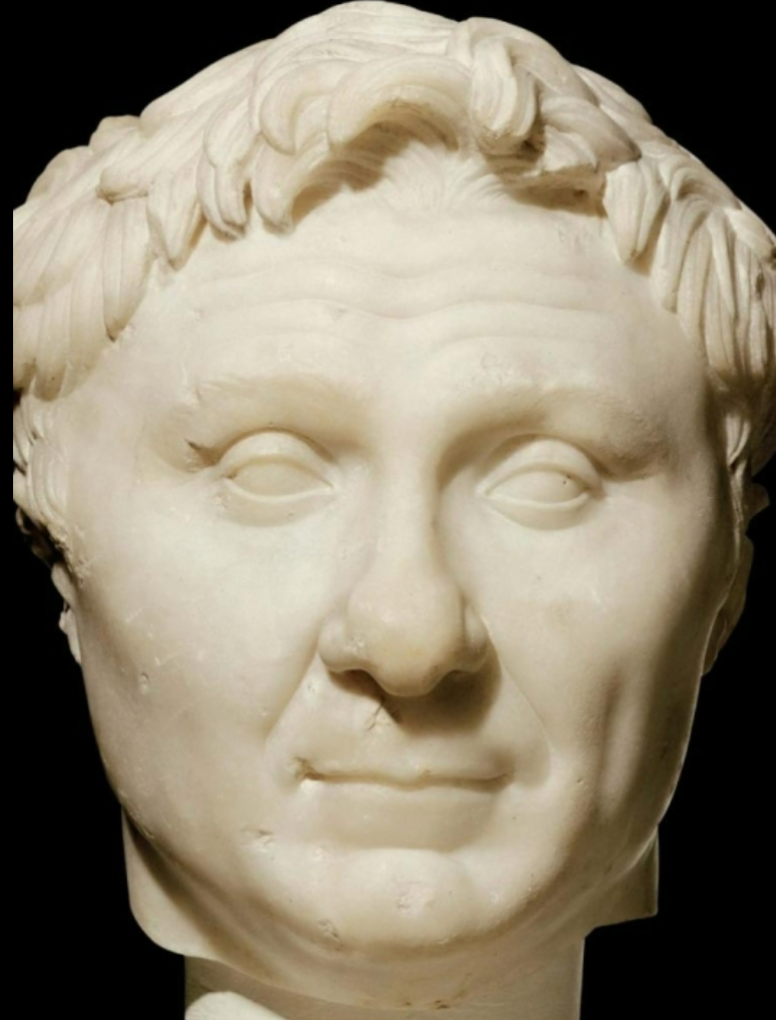
📌 Name: Portrait of Pompey the Great
📌 Date: ca. 50 BCE
📌 Significance: Features the anastole hairstyle, a visual reference to Alexander the Great, blending Roman verism with Hellenistic idealization to reinforce Pompey’s power and legacy.
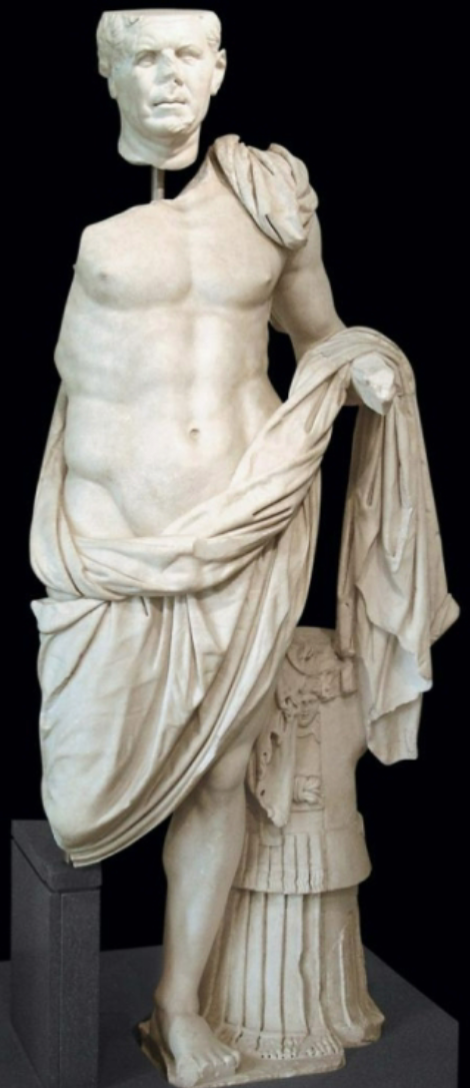
📌 Name: The Tivoli General
📌 Date: ca. 75–50 BCE
📌 Significance: Combines a veristic portrait with an idealized Greek body, reflecting the blend of Republican realism and Hellenistic influence in Roman sculpture.
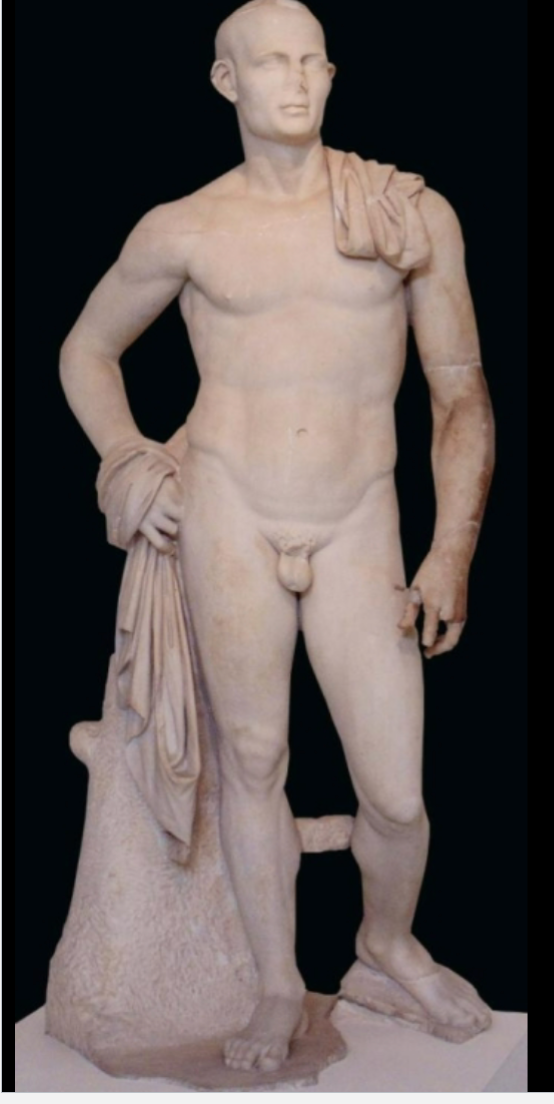
📌 Name: Pseudo-Athlete of Delos
📌 Date: ca. 100 BCE
📌 Significance: Combines a veristic Roman head with an idealized Greek body, reflecting the cultural fusion in Hellenistic-era Roman portraiture.
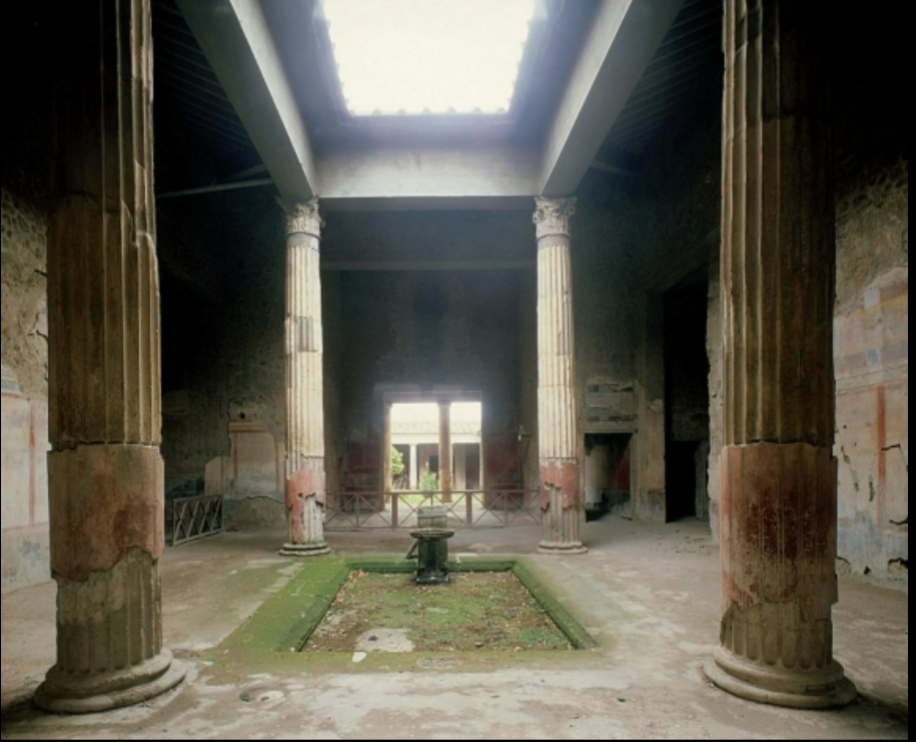
📌 Name: Tetrastyle Atrium (Corinthian Columns) of the House of the Silver Wedding (Pompeii)
📌 Date: Mid-2nd century BCE
📌 Significance: A tetrastyle atrium (four-columned) with Corinthian columns, demonstrating the grandeur of elite Roman houses and the role of the impluvium in rainwater collection.
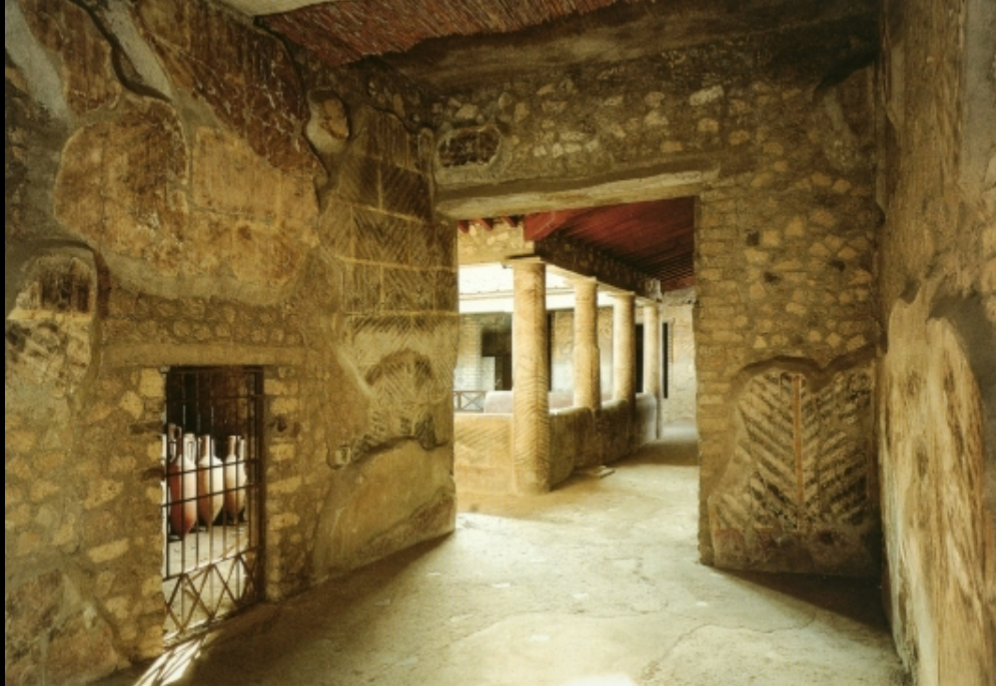
📌 Name: Service Area with Zebra-Pattern Frescoes, Roman Villa at Oplontis
📌 Date: 1st century BCE – 1st century CE
📌 Significance: A rare example of rustic villa decoration, where the zebra-pattern frescoes likely served a functional purpose in a service area rather than aesthetic luxury.
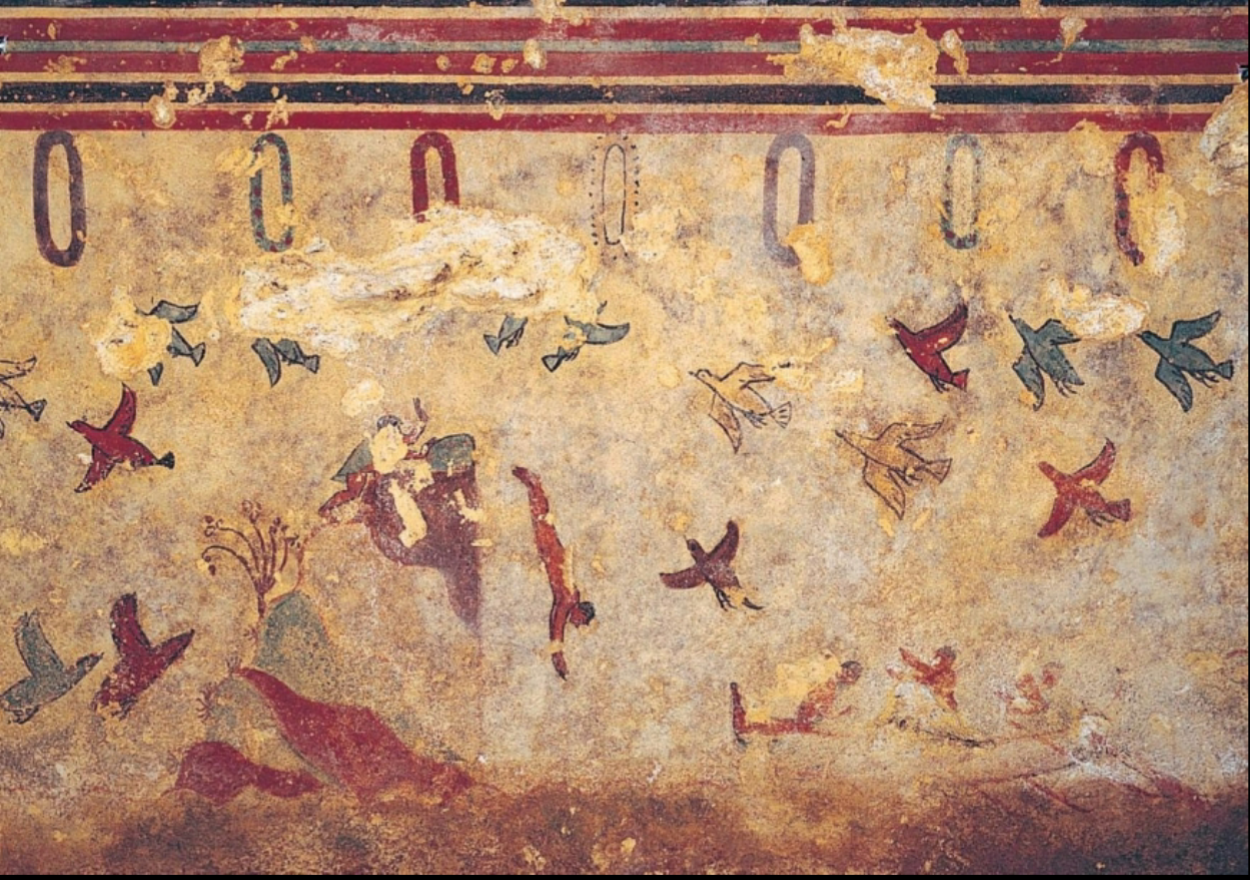
📌 Name: Tomb of the Diver (Diving Scene)
📌 Date: ca. 480–470 BCE
📌 Significance: The only known example of Greek fresco painting from this period, possibly symbolizing the transition to the afterlife.